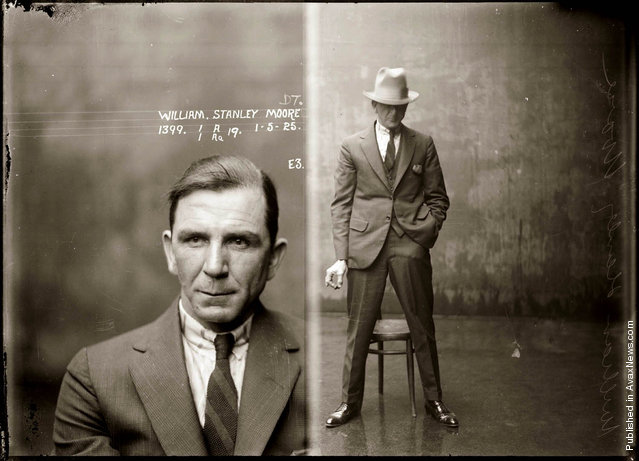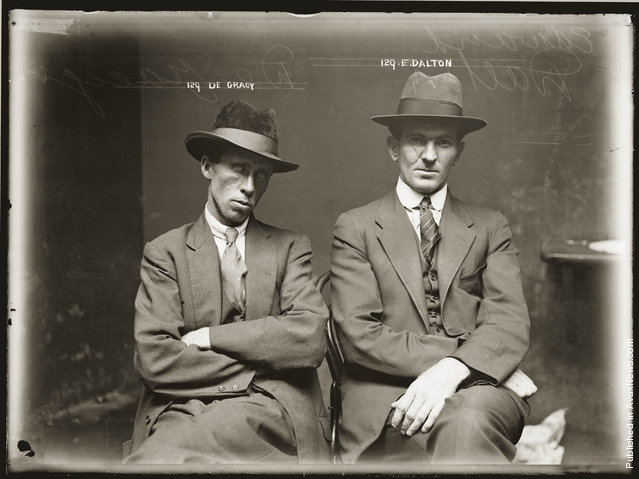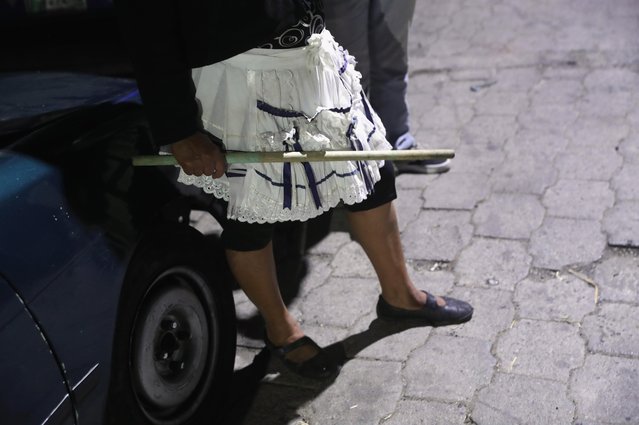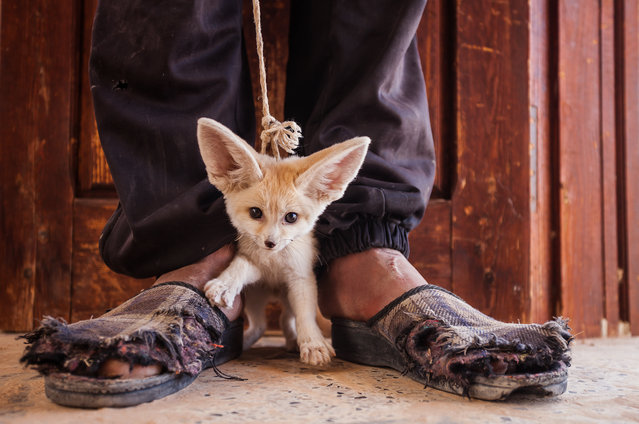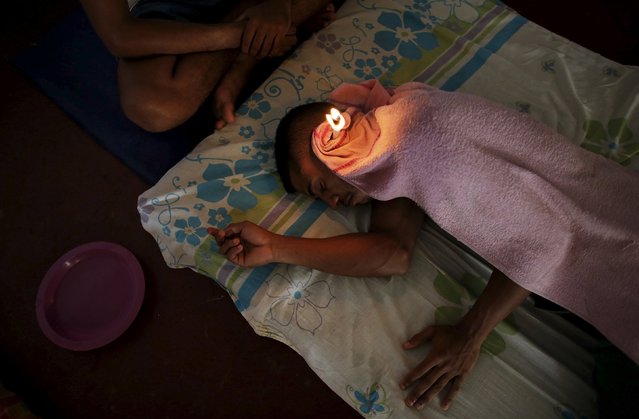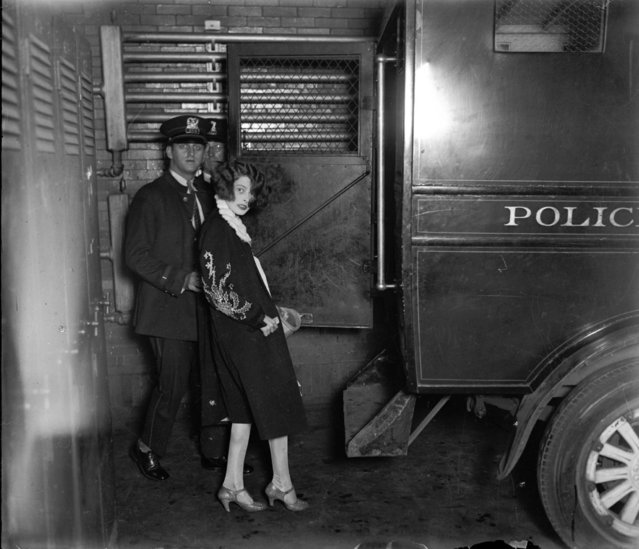
Gertrude “Billie” Murphy, 22, is brought in for questioning in the murder case of Michael Stopec, who was shot and killed in an apartment hotel, circa July 1927. Murphy had been friends of the married Stopec and his suspected killer Henry Guardino, 31. It is said that Stopec and Guardino were “bitter rivals for the favor of Billie” and that Murphy had tired of Guardino and was going to stay with Stopec. Murphy was also married to a man in the Joliet penitentiary. (Photo by Chicago Herald & Examiner Historical Photo)
29 Jul 2014 11:28:00,post received
0 comments

